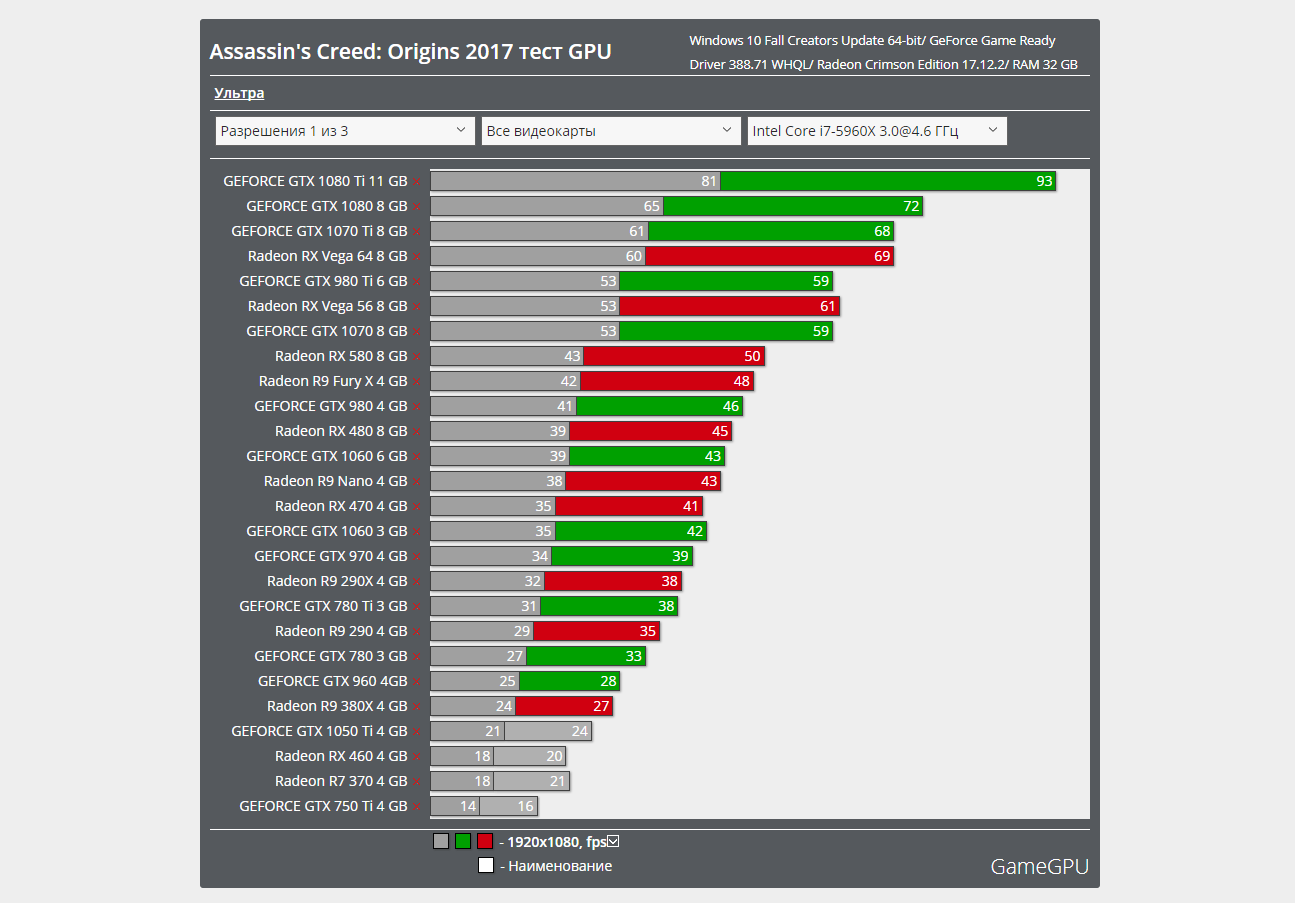FINAL FANTASY XV WINDOWS EDITION Benchmark
Native 4K and HDR10 support.
Support for 4K (3840 x 2160px) and HDR display allows you to experience even more atmospheric high-quality graphics.
- * An OS with the Windows 10 Creators Update or later and a compatible monitor are required to use HDR display.
NVIDIA GameWorks™
This application allows you to check your PC’s compatibility with the latest graphical effects provided by NVIDIA.
- * An NVIDIA graphics card is required to run NVIDIA® Ansel™.
NVIDIA DLSS
This application allows you to check your PC’s compatibility with the latest graphical effects provided by NVIDIA.
- * NVIDIA GeForce RTX 2070, 2080 or 2080 Ti is required to run NVIDIA® DLSS.
- * NVIDIA® Ansel is disabled when NVIDIA® DLSS is enabled.
- * In order to enable NVIDIA® DLSS you need to set display resolution to 4K.
Caution
— This software is not a playable game demo. Please be aware that it does not allow you to play the full version of FINAL FANTASY XV.
— Unlike the full game, this Benchmark only supports Japanese and English languages.
Installation Instructions
1. Download the zip file.
Download the required zip file from the download button below.
2. Decompress the zip file.
Decompress the downloaded file in a location of your choosing.
3. Run the installer.
Run the file «ffxvbench_installer.exe» that has been decompressed and saved.
4. Select the display language before thoroughly reading and agreeing to the user agreement.
- * If Microsoft.NET Framework 4.6 is not installed on the system environment then the .NET Framework installer will boot up at this point. This software is required to run the Benchmark, so please install it.
Outline of the Official Benchmark Application
| OS supported | Windows 7/8. 1/10 (64-bit Japanese version) 1/10 (64-bit Japanese version)
|
|---|---|
| Hardware requirements |
Graphics cards and their drivers must support DirectX®11. The screen display must support sizes of W1280 x H720 pixels or larger.
|
| Required software |
Microsoft .NET Framework 4.6
|
| Download file name |
ffxvbench_installer.zip |
| File size |
3. 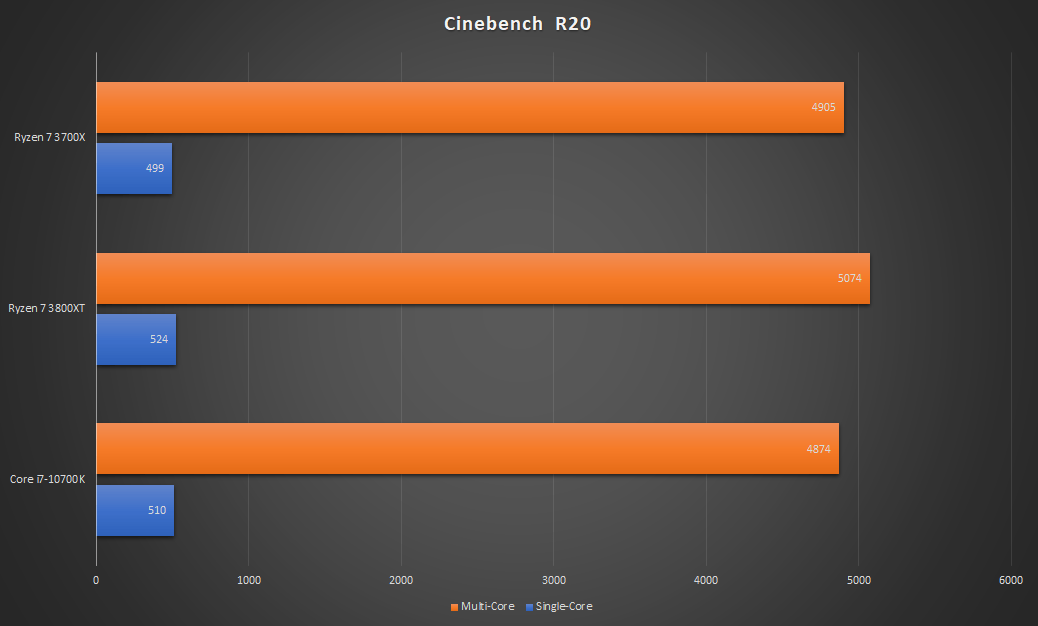 37GB Approx. 37GB Approx.
|
Benchmark Launcher
The FFXV Official Benchmark launcher will boot up when you click on «FINAL FANTASY XV WINDOWS EDITION Official Benchmark» from either the Windows start menu or a desktop shortcut. After adjusting the various settings, push the start button to initiate the Benchmark compatibility test.
❶ This button brings up the official FINAL FANTASY XV website in your web browser.
❷ This button brings up the Steam site page for FINAL FANTASY XV WINDOWS EDITION in your web browser.
❸ This button brings up the Origin site page for FINAL FANTASY XV WINDOWS EDITION in your web browser.
❹ This button brings up the Microsoft Store site page for FINAL FANTASY XV WINDOWS EDITION.
❺ This button displays the EULA.
❻ This button displays the open source license for the middleware employed.
❼ This button closes the launcher.
❽ Here you can select the language to display the launcher in.
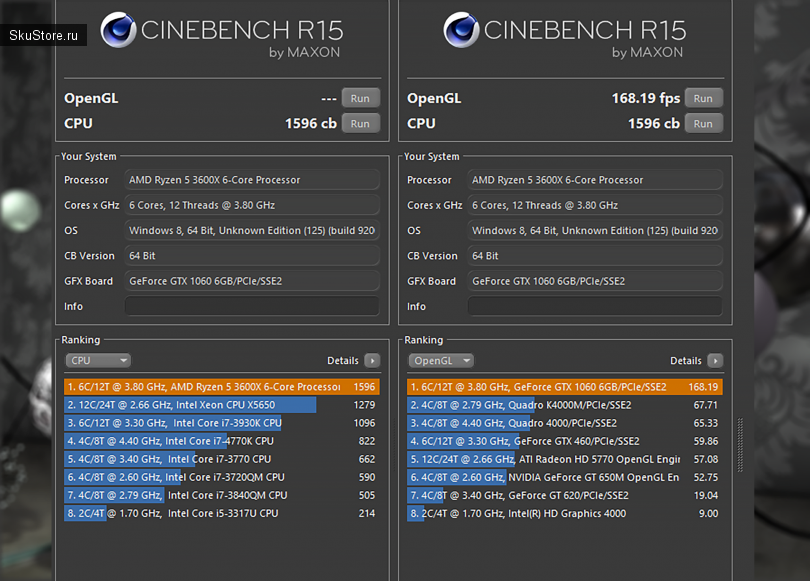 The Japanese and English languages are supported.
The Japanese and English languages are supported.
❾ If a tick is inserted here before initiating the launcher, the Benchmark application can then subsequently be accessed directly, without returning to the launcher, even after shutting down the application itself. In order to exit from the application running in a loop, push the Esc key or click on the X icon in the top corner to close the window.
❿ Here you can select from»Lite,» «Standard,» «High,» or «Custom» graphics settings. If a higher quality setting is selected then the burden on processing will also increase, so refer to the results of the Benchmark test to select the settings most suitable for your PC environment. The «High Quality» setting is required in order to activate NVIDIA GameWorks™.
| Lite quality | This is a reduced graphical setting that disables light reflection and anti-aliasing calculations. The resolution for shadows will be low, and the resolution for Level-Of-Detail (LOD) distance and textures will also be reduced.
|
|---|---|
| Standard quality | This is the standard quality setting for a PC that meets the recommended specifications. |
| High quality |
This setting will activate the high end graphical features incorporated into FINAL FANTASY XV WINDOWS EDITION, such as NVIDIA® Turf Effects™, NVIDIA® HairWorks™ and NVIDIA® Flow™, etc. The resolution of shadows and textures, as well as the LOD distance will also increase under this setting. A graphics card with a significant amount of VRAM is required to use it. |
| Custom |
Here you can change the settings to match the final release version.
|
⓫ Here you can select between «1280 x 720,» «1920 x 1080,» «2560 x 1440,» or «3840 x 2160» for the screen resolution.
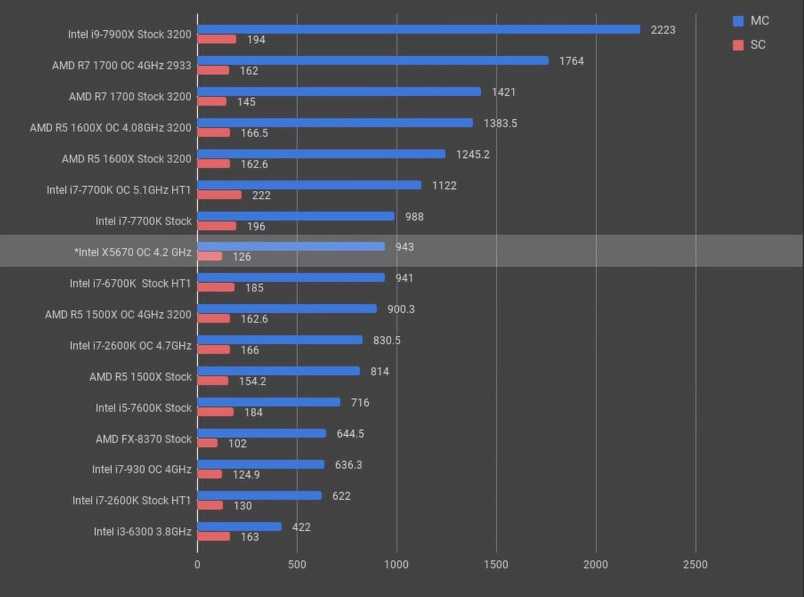 The higher the resolution setting, the greater the burden placed on processing, so refer to the results of the Benchmark test to select the settings most suitable for your PC environment.
The higher the resolution setting, the greater the burden placed on processing, so refer to the results of the Benchmark test to select the settings most suitable for your PC environment.
⓬ Here you can select between «Windowed mode,» «Fullscreen Mode,» or «Borderless» for the display mode.
⓭ Click to play the Benchmark scene and start the compatibility test.
Score Screen
❶ The score increases based on the fps value. It will count up at a speed based on the PC’s capabilities.
The time that the Benchmark compatibility test takes is roughly 6 minutes and 30 seconds, with the score results and a performance evaluation coming up at the very end. If the test is cancelled part way through then no results will be displayed.
- * If the PC being used does not meet the minimum specifications required to run the Official Benchmark application, the application may automatically close down. In such cases, please adjust the screen size and graphics quality settings, before checking again if the PC confirms with the required environment specifications explained in the Benchmark outline.

Controls
- — It is possible to cancel the compatibility test part way through, by pushing the Esc key or Alt + F4 Keys. You can shift between Windowed and Fullscreen display using the Alt + Enter keys.
- — You can shift between Windowed and Fullscreen display using the Alt + Enter keys.
- — Users with NVIDIA graphics cards can display NVIDIA® Ansel™ by pressing the Alt + F2 keys.
Results Screen
❶ Once the Benchmark compatibility test has completed, the resulting score and performance evaluation will be displayed in the launcher. The performance evaluation uses a scale of 8 levels, based on the score itself.
❷ Clicking on the «Stats» button will allow you to compare your score to that of other users.
- * It is possible to view the average scores of other users at any time on the «FINAL FANTASY XV Benchmark Scores» page.
Once the Benchmark compatibility test is completed, you can check your score. This score is a value that indicates the standard of performance you can expect when running the full release version of FINAL FANTASY XV WINDOWS EDITION on your PC. See below for a breakdown of what the scores mean.
This score is a value that indicates the standard of performance you can expect when running the full release version of FINAL FANTASY XV WINDOWS EDITION on your PC. See below for a breakdown of what the scores mean.
| 12000 or greater | Extremely High | The game will run exceedingly well. A high frame rate is possible and even richer graphical settings can be used. |
|---|---|---|
| 9000 to 11999 | Very High | You can expect the game to run very comfortably. A high frame rate is possible and even higher quality graphical settings can be used. |
| 6000 to 8999 | High | You can expect the game to run comfortably. It should run smoothly, even at higher graphics settings. |
| 4500 to 5999 | Fairly High | A standard level of performance can be expected. Adjustments to the graphics settings are recommended if possible. Adjustments to the graphics settings are recommended if possible. |
| 3000 to 4499 | Standard | A standard level of performance can be expected. |
| 2500 to 2999 | Slightly Low | It is possible to play the game, but you may experience a burden on processing when performing some actions. Adjustments to the graphics settings are recommended. |
| 2000 to 2499 | Low | It is possible to play the game, but all actions will feel sluggish overall. There is a chance that the performance may improve with adjustments to the graphics settings or display resolution. |
| 0 to 1999 | Insufficient | The system does not meet the minimum requirements to run the game. |
- * This index is for reference purposes only and does not constitute a guarantee that the release version of the game will run on the PC.

‘Post-Millennial’ Generation On Track To Be Most Diverse, Best-Educated
(Mark Boster/Los Angeles Times via Getty Images)
As a new generation of Americans begins to take shape and move toward adulthood, there is mounting interest in their attitudes, behaviors and lifestyle. But how will this generation change the demographic fabric of the United States? A new Pew Research Center analysis of Census Bureau data finds that the “post-Millennial” generation is already the most racially and ethnically diverse generation, as a bare majority of 6- to 21-year-olds (52%) are non-Hispanic whites. And while most are still pursuing their K-12 education, the oldest post-Millennials are enrolling in college at a significantly higher rate than Millennials were at a comparable age.
The parents of post-Millennials are more well educated than the parents of Millennials and those of previous generations, and this pattern most likely contributes to the relative affluence of the households in which post-Millennials live. More than four-in-ten post-Millennials (43%) are living with at least one parent who has a bachelor’s degree or more education. Roughly a third (32%) of Millennials in 2002 had a parent with this level of education.
More than four-in-ten post-Millennials (43%) are living with at least one parent who has a bachelor’s degree or more education. Roughly a third (32%) of Millennials in 2002 had a parent with this level of education.
The high school dropout rate for the oldest post-Millennials (ages 18 to 20 in 2017) is significantly lower than that of similarly aged Millennials in 2002. And among those who were no longer in high school in 2017, 59% were enrolled in college – higher than the enrollment rate for 18- to 20-year-old Millennials in 2002 (53%) and Gen Xers in 1986 (44%).
The changing patterns in educational attainment are driven in part by the shifting origins of young Hispanics. Post-Millennial Hispanics are less likely than Millennial Hispanics to be immigrants – 12% of post-Millennial Hispanics were born outside the U.S., compared with 24% of Millennial Hispanics in 2002. Previous research has shown that second-generation Hispanic youth tend to go further in school than foreign-born Hispanic youth. That is borne out in this analysis, as 61% of second-generation Hispanics ages 18 to 20 who were no longer in high school were enrolled in college in 2017, compared with 40% of their foreign-born counterparts. Overall, the share of post-Millennial Hispanics enrolled in college is significantly higher than the rate for Millennials in 2002 (55% vs. 34%, among 18- to 20-year-olds no longer in high school).1
That is borne out in this analysis, as 61% of second-generation Hispanics ages 18 to 20 who were no longer in high school were enrolled in college in 2017, compared with 40% of their foreign-born counterparts. Overall, the share of post-Millennial Hispanics enrolled in college is significantly higher than the rate for Millennials in 2002 (55% vs. 34%, among 18- to 20-year-olds no longer in high school).1
More broadly, the post-Millennial generation is being shaped by changing immigration patterns. Immigration flows into the U.S. peaked in 2005, when the leading edge of the post-Millennial generation was age 8 or younger. The onset of the Great Recession and the large decline in employment led to fewer immigrants coming to the United States, including immigrant children. As a result, the post-Millennial generation has fewer foreign-born youth among its ranks than the Millennial generation did in 2002 and a significantly higher number who were born in the U.S. to immigrant parents, though this may change depending on future immigration flows.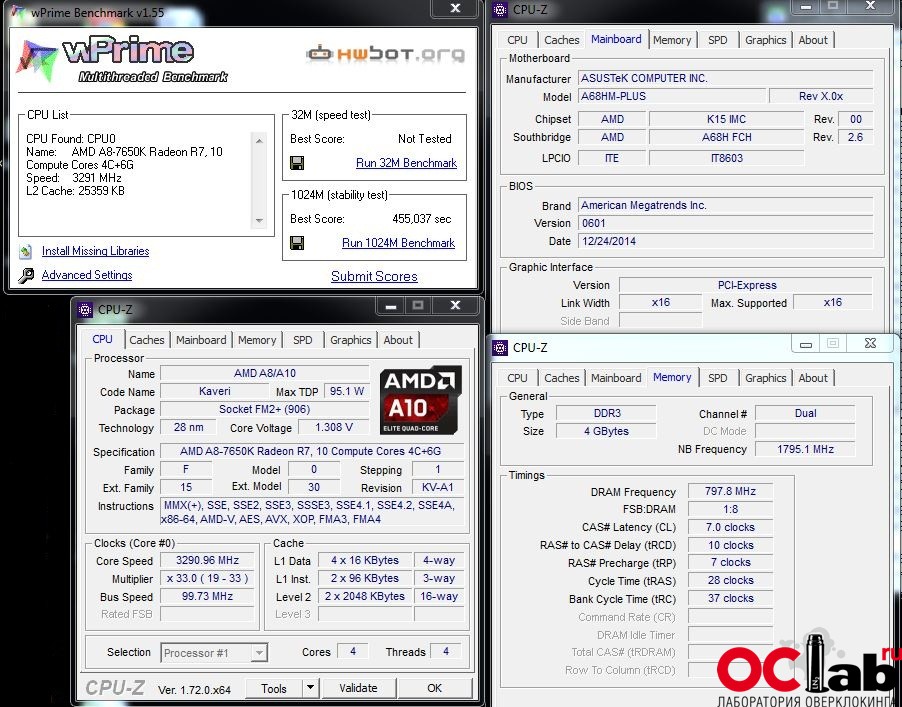
The generation labeled “post-Millennials” in this report – referred to elsewhere as Generation Z, the iGen or Homelanders – includes those born after 1996. Pew Research Center uses the label “post-Millennials” as a placeholder until more consensus emerges as to their name.
For purposes of this analysis, the post-Millennial generation spans 16 years, the same number of years as the Millennial generation (now ages 22 to 37). That may change as well, as this new generation – and the factors that shape it – come into sharper focus.
This report compares the post-Millennials in 2018 with earlier generations when they were ages 6 to 21, examining their demographic characteristics as well as those of their parents and households.
Other key findings:
- The oldest post-Millennials are less likely than their predecessors to be in the labor force. Only 58% of today’s 18- to 21-year-olds worked in the prior calendar year; this compares with 72% of Millennial 18- to 21-year-olds in 2002.
 And employment among post-Millennials is less likely to be full-time compared with earlier generations. This is likely due, in large part, to the fact that these young adults are more likely than their predecessors to be enrolled in college.
And employment among post-Millennials is less likely to be full-time compared with earlier generations. This is likely due, in large part, to the fact that these young adults are more likely than their predecessors to be enrolled in college. - The living arrangements of post-Millennial children are similar to those of Millennials when they were growing up. About two-thirds (65%) of today’s 6- to 17-year-olds live with two married parents, slightly lower than the share (68%) of Millennials in that age range who lived in this type of household in 2002. Roughly three-in-ten post-Millennials ages 6 to 17 (31%) live with a single parent, somewhat higher than the share of Millennials growing up with a single parent in 2002 (27%).2
- The median household income of post-Millennials exceeds that of earlier generations when they were young. The typical post-Millennial in 2018 lives in a household with an annual income of roughly $63,700 after adjusting for household size.
 That is slightly higher than the income for the typical household in which Millennials grew up – $62,400 in 2002 in inflation-adjusted dollars – and it far surpasses the income of Gen X and Baby Boomer households when they were growing up. This is consistent with the relatively high education of the parents of post-Millennials.
That is slightly higher than the income for the typical household in which Millennials grew up – $62,400 in 2002 in inflation-adjusted dollars – and it far surpasses the income of Gen X and Baby Boomer households when they were growing up. This is consistent with the relatively high education of the parents of post-Millennials.
Post-Millennials more metropolitan and racially and ethnically diverse, less likely to be foreign born
A bare majority (52%) of post-Millennials are non-Hispanic white. One-in-four are Hispanic, significantly higher than the share of Millennials who were Hispanic in 2002. The share of post-Millennials who are black (14%) is nearly identical to the share of Millennials who were black at a comparable age (15%). Black representation among the nation’s youth has changed little since the early Boomers in 1968.
Asians account for 6% of the post-Millennial generation, up slightly from the 4% of Millennials in 2002 who were Asian. The remaining 4% of post-Millennials are non-Hispanics of another racial identity, mainly youth of two or more races.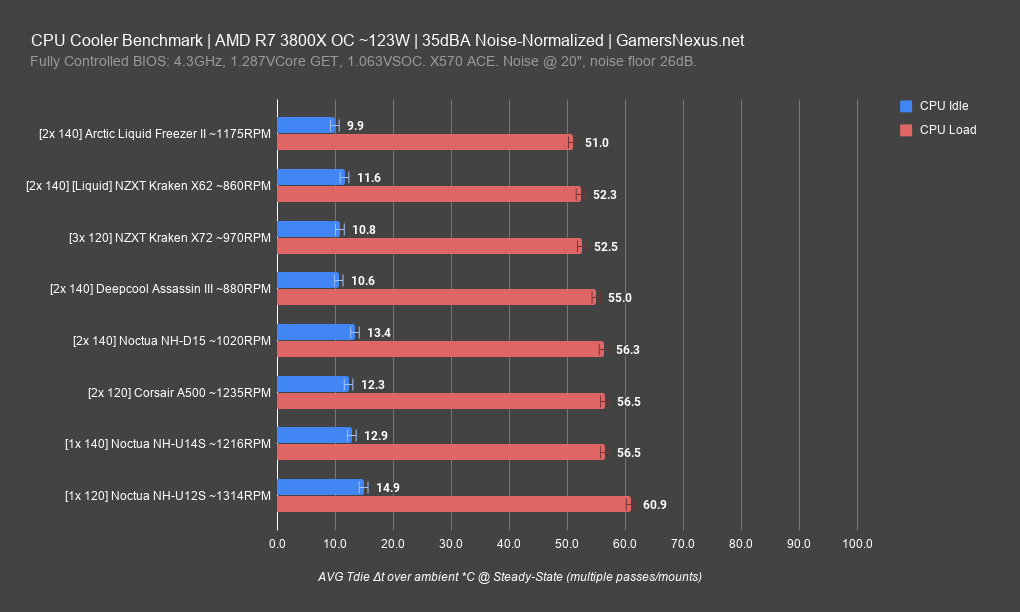
Though post-Millennials are more likely to be Hispanic and Asian compared with prior generations, they are not more likely, at this point, to be immigrants. Some 7% of post-Millennials are foreign born, as were 8% of Millennials in 2002. However, post-Millennials are more likely to be U.S. born of at least one foreign-born parent (22%) compared with Millennials in 2002 (15%).3
In terms of sheer numbers, the Millennial generation was shaped to a much larger extent by young immigrants than the post-Millennials have been. When Millennials were ages 6 to 21 in 2002, they numbered 65.3 million.4 Their ranks that year included 5.0 million immigrants. By contrast, only about 4.4 million of the 66.5 million post-Millennials are immigrants – a pattern that more closely mirrors the experience of Gen X.
Even with the diminished flow of immigrants into the U.S., the racial and ethnic diversity of the post-Millennial generation is expected to increase in future years as new immigrants join their numbers. Today’s 6- to 21-year-olds are projected to become majority nonwhite in 2026 (when they will be ages 14 to 29), according to Census Bureau projections.
Today’s 6- to 21-year-olds are projected to become majority nonwhite in 2026 (when they will be ages 14 to 29), according to Census Bureau projections.
Majority of post-Millennials are nonwhite in urban areas and Western states
The geography and mobility of post-Millennials differ from earlier generations. Reflecting broader national trends, post-Millennials overwhelmingly reside in metropolitan as opposed to rural areas. Only 13% of post-Millennials are in rural areas, compared with 18% of Millennials in 2002. By comparison, 23% of Gen Xers lived in rural areas when they were ages 6 to 21, as did 36% of early Boomers.
In the nation’s urban areas and in the Western region of the U.S., post-Millennials are at the leading edge of growing racial and ethnic diversity. Two-thirds of post-Millennials living in urban counties are racial or ethnic minorities, with a plurality (36%) being Hispanic. Among Millennials, 59% who live in cities are racial or ethnic minorities. In rural (non-metropolitan) counties, only 29% of 6- to 21-year-olds are nonwhite – still somewhat higher than the share of rural Millennials who are nonwhite (27%).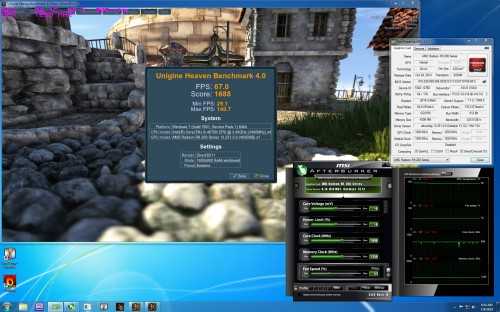 Minorities constitute 43% of suburban post-Millennials. Among those living in suburban counties, 39% of Millennials, 34% of Gen Xers and 23% of Boomers are nonwhite.5
Minorities constitute 43% of suburban post-Millennials. Among those living in suburban counties, 39% of Millennials, 34% of Gen Xers and 23% of Boomers are nonwhite.5
In the West, post-Millennials are just as likely to be Hispanic as non-Hispanic white (both 40%). This stands in contrast to older generations. Among those residing in the West, 45% of Millennials, 50% of Gen Xers and 64% of Boomers are non-Hispanic white. Minority representation among post-Millennials is lowest in the Midwest, where roughly a third (32%) of 6- to 21-year-olds are racial or ethnic minorities.
When it comes to geographic mobility, Americans are not moving as they once did, and post-Millennials are no exception. About 11% of post-Millennials in 2018 had a different address from a year earlier, implying that they had moved. By comparison, 17% of Millennials and 20% of Gen Xers and early Boomers had moved in the past year when they were the ages post-Millennials are today.
Post-Millennials more likely to be pursuing college and less likely to be in the workforce
While it’s still much too early to draw conclusions, initial signs suggest that post-Millennials are on track to become the most well-educated generation yet.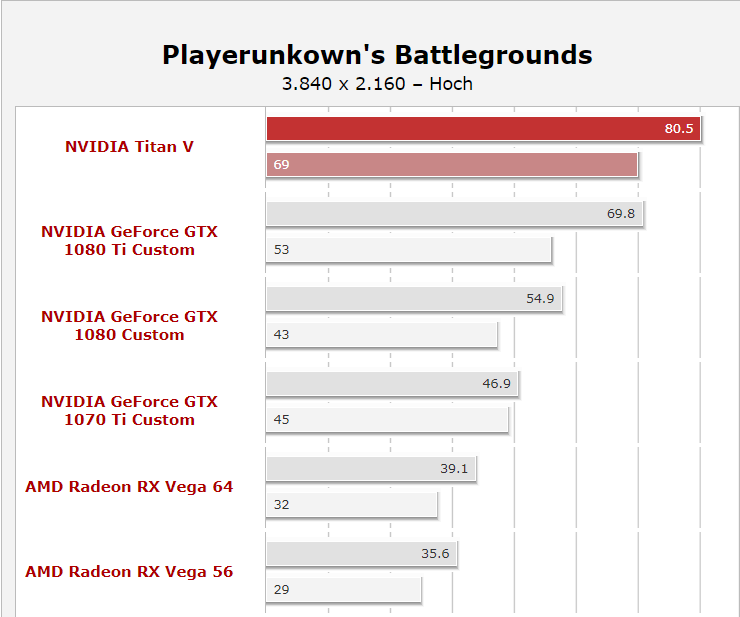
As of 2017 (the most recent year available with school enrollment information) 80% of post-Millennial 18- to 20-year-olds had finished high school.6 That represents a modest improvement from previous generations. At the same ages, 76% of Millennials and 78% of Gen Xers had completed high school. Some of the overall post-Millennial improvement stems from the leap in high school completion among Hispanic youth. In 2017, 76% of Hispanic 18- to 20-year-olds had finished high school, outpacing the 60% of Hispanic Millennials attaining this benchmark in 2002. Black high school completion has also improved: 77% of black post-Millennials ages 18 to 20 had finished high school, compared with 71% of black Millennials in this age group in 2002.
Since white post-Millennial high school attainment is no higher than among white Millennials, some of the long-standing racial and ethnic gaps in high school completion are narrower among the post-Millennials than was the case for prior generations.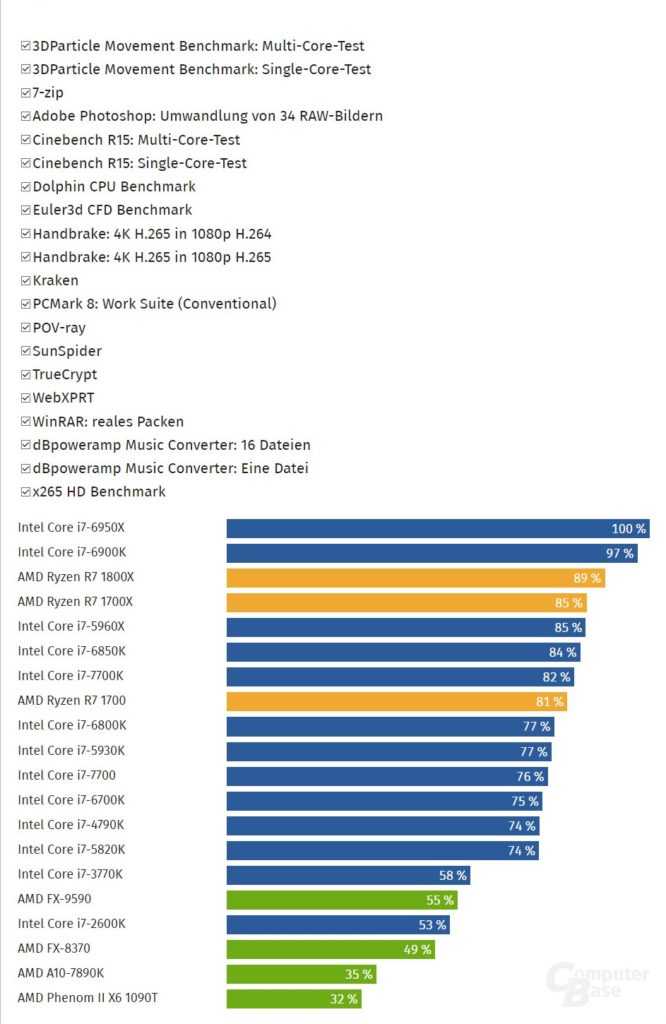
The share of post-Millennials who have dropped out of high school is significantly lower than it was for Millennials. In 2017, 6% of 18- to 20-year-old post-Millennials had neither finished high school nor were enrolled in high school. By comparison, 12% of Millennial 18- to 20-year-olds had dropped out of high school in 2002, as had 13% of Gen Xers in 1986.
One indicator suggests that younger post-Millennials are behind where Millennials were in terms of their progress in K-12 education. In 2017, 30% of post-Millennials ages 6 to 17 were enrolled below the “modal grade,” which is the typical grade a child is enrolled in given his or her age. By comparison, a quarter of Millennials and Gen Xers were enrolled below the modal grade in 2002 and 1986, respectively. This indicator is of value because it can foreshadow subsequent dropping out of school, particularly if the student is behind in school due to grade retention. It’s unclear from this data whether students are behind grade-wise due to being held back in school or whether their parents elected to have them begin kindergarten at an older age.
Beyond K-12 education, post-Millennials are more likely than earlier generations to be pursuing college. In 2017, 59% of 18- to 20-year-olds who were no longer in high school were enrolled in college. Among Millennials and Gen Xers at similar ages smaller shares were pursuing college (53% and 44%, respectively).
Some of the post-Millennial gain stems from Hispanic youth. More than half (55%) of Hispanic 18- to 20-year-olds who were no longer in high school were enrolled in college last year. Less than half of their Millennial (34%) and Gen X (28%) peers were pursuing college at a similar age.
Black post-Millennials are also outpacing the previous generations of black youth in terms of college enrollment. Among blacks ages 18 to 20 who were no longer in high school, 54% were enrolled in college in 2017, compared with 47% of black Millennials in 2002 and 34% of Gen Xers in 1986.
Post-Millennial women are showing major strides in college enrollment. In 2017, 64% of women ages 18 to 20 who were no longer in high school were enrolled in college. That’s up from 57% of similarly aged Millennials in 2002 and up substantially from 43% of Gen Xers in 1986. The trend, while more modest, has been upward among men as well.
That’s up from 57% of similarly aged Millennials in 2002 and up substantially from 43% of Gen Xers in 1986. The trend, while more modest, has been upward among men as well.
It’s important to point out that future immigration patterns may affect the educational outcomes of post-Millennials, so these generational comparisons represent a current snapshot.
Post-Millennials are slower to enter the labor force
Post-Millennials are entering adulthood with less experience in the labor market than prior generations. Roughly one-in-five 15- to 17-year-olds in 2018 (19%) report having worked at all during the prior calendar year, compared with 30% of Millennial 15- to 17-year-olds in 2002. Almost half of early Baby Boomers (48%) in the same age group worked in 1968. Among 18- to 21-year-olds today, 58% were employed during the prior calendar year. At the same age prior generations were much more likely to have been employed. Among Millennial 18- to 21-year-olds in 2002, 72% reported working in the prior year. Among Boomer 18- to 21-year-olds in 1968, 80% worked in the prior calendar year.
Among Boomer 18- to 21-year-olds in 1968, 80% worked in the prior calendar year.
Post-Millennial workers are less likely to work full-time compared with prior generations. In 2018, only 15% of 15- to 17-year-old workers worked full-time, down sharply from the 26% of 15- to 17-year-old workers in 1968 who worked full-time. The pattern is similar among 18- to 21-year-olds.
Over the decades the earnings of American workers have increased modestly, and teens and young adults are no exception. If they worked full-time in 2017, a 15- to 17-year-old typically earned about $5,000 (the median). Adjusting for inflation, a similar early Millennial earned slightly less, $4,200. The median earnings for a full-time 18- to 21-year-old today is $19,000, somewhat higher than the median pay of a similarly aged full-time Millennial worker in 2002 ($16,700).
A common indicator of “at-risk” behavior in the transition to adulthood is the share of youth who are neither enrolled in school nor working. Youth who are detached from school and the workplace may not be acquiring valuable learning experiences and networking opportunities. Post-Millennials are less likely to be detached than earlier generations. The shift has been more significant among young women. Only 9% of 16- to 21-year-old post-Millennial women are detached in 2018. About 12% of Millennial women and 16% of Gen X women were neither in school nor working at a comparable age. Post-Millennial women who are detached are far less likely to be married than detached Gen X women were at a similar age (12% vs. 37%).
Youth who are detached from school and the workplace may not be acquiring valuable learning experiences and networking opportunities. Post-Millennials are less likely to be detached than earlier generations. The shift has been more significant among young women. Only 9% of 16- to 21-year-old post-Millennial women are detached in 2018. About 12% of Millennial women and 16% of Gen X women were neither in school nor working at a comparable age. Post-Millennial women who are detached are far less likely to be married than detached Gen X women were at a similar age (12% vs. 37%).
Post-Millennial women are more likely to be engaged in school and work than earlier generations in part because they have fewer parenting responsibilities. Teen births have been falling, even recently, and post-Millennial women are more likely to be childless than earlier generations. In 2016, 88% of women ages 18 to 21 were childless, compared with 79% of Millennials and 80% of Gen Xers at a similar age.
Post-Millennials’ family lives are similar to those of Millennials when they were young
Steady gains in college completion among U.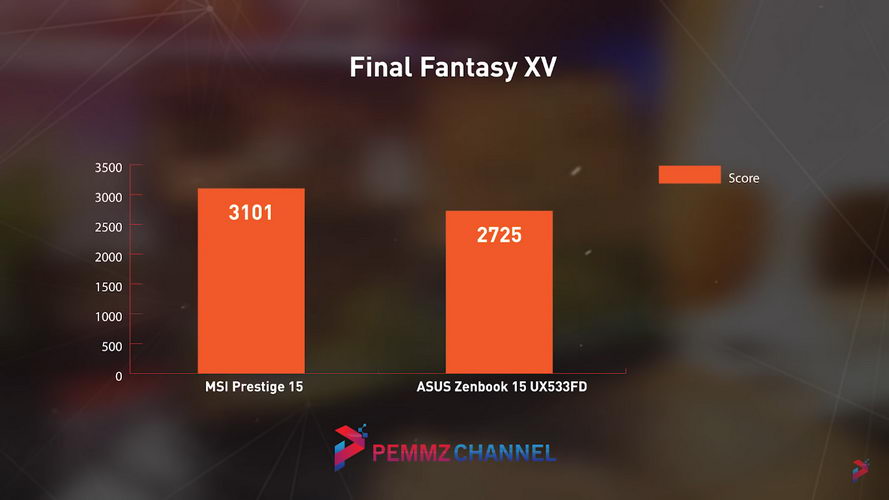 S. adults are reflected in the households of post-Millennials. Fully 43% of post-Millennials ages 6 to 17 have at least one parent with a bachelor’s degree or more education. This compares with 32% among similarly aged Millennials in 2002, 23% among Gen Xers in 1986 and only 16% among early Boomers in 1968.
S. adults are reflected in the households of post-Millennials. Fully 43% of post-Millennials ages 6 to 17 have at least one parent with a bachelor’s degree or more education. This compares with 32% among similarly aged Millennials in 2002, 23% among Gen Xers in 1986 and only 16% among early Boomers in 1968.
Roughly two-thirds (65%) of post-Millennials ages 6 to 17 live in a household with two married parents; fully 31% live with a single parent.7 The share of 6- to 17-year-olds living with two married parents is down slightly from the share of Millennials who were growing up with two married parents in 2002 (68%). Gen Xers were even more likely to live with two married parents – 73% did so in 1986. And for the early Boomers, this type of arrangement was very much the norm: 85% of early Boomers ages 6 to 17 were living with two married parents in 1968.
Of those children and teens who are living with two married parents, most live in dual-earner households. Slightly fewer post-Millennials have two working parents compared with Millennials in 2002 (63% vs.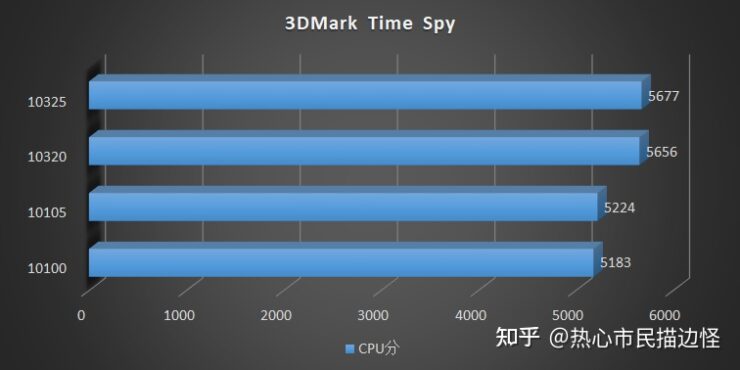 66%). In 1986, 59% of Gen X youth (ages 6 to 17) with married parents had both parents in the labor force, up substantially from 37% among similarly aged Boomers in 1968.
66%). In 1986, 59% of Gen X youth (ages 6 to 17) with married parents had both parents in the labor force, up substantially from 37% among similarly aged Boomers in 1968.
Post-Millennials have the same number of siblings living with them as Millennials did at a similar age – 1.5, on average. This is down substantially from what the early Boomers experienced in their youth. Among those ages 6 to 17 in 1968, the average number of siblings was 2.6. By the time the Gen Xers came along, that number had fallen to 1.6 (in 1986).
Older post-Millennials appear to be postponing marriage even more than Millennials were at a similar age. Among those ages 18 to 21, only 4% of post-Millennials are married. Millennials in 2002 were nearly twice as likely to be married (7%), and the rate was higher still among Gen Xers in 1986 (12%). In 1968, 26% of early Boomers ages 18 to 21 were married.
Some measures of economic well-being indicate that post-Millennials are growing up in more affluent circumstances than previous generations did.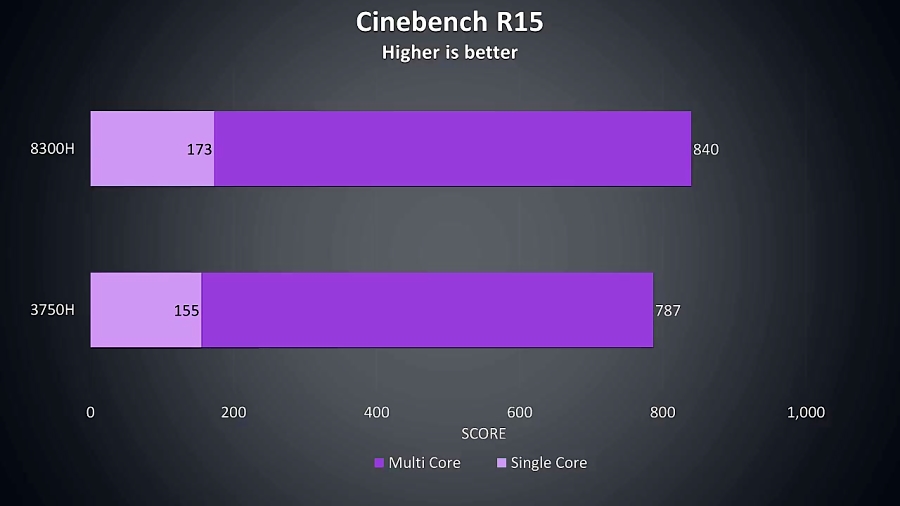 The median or typical household income of 6- to 21-year-olds is $63,700. After adjusting for inflation the typical Millennial grew up in a household with a slightly lower income level ($62,400). The typical household income resources of Gen Xers ($52,800) and early Boomers ($42,000) growing up were significantly below these levels.8 By the official poverty measure, 17% of post-Millennials live in families that are below the poverty line.9 This may exceed the share of Millennials in poverty in 2002 (16%) but is below the share of Gen Xers in 1986 (19%).
The median or typical household income of 6- to 21-year-olds is $63,700. After adjusting for inflation the typical Millennial grew up in a household with a slightly lower income level ($62,400). The typical household income resources of Gen Xers ($52,800) and early Boomers ($42,000) growing up were significantly below these levels.8 By the official poverty measure, 17% of post-Millennials live in families that are below the poverty line.9 This may exceed the share of Millennials in poverty in 2002 (16%) but is below the share of Gen Xers in 1986 (19%).
Terminology
References to whites, blacks and Asians and Pacific Islanders include only those who are non-Hispanic and identify as only one race. Hispanics are of any race. Nonwhites include blacks, Hispanics, other races and people who identify with more than one race.
“Full-time work” refers to working 35 hours per week or more in the past year.
References to college graduates or people with a college degree comprise those with a bachelor’s degree or more. “Some college” includes those with an associate degree and those who attended college but did not obtain a degree. “High school” refers to those who have a high school diploma or its equivalent, such as a General Education Development (GED) certificate.
“Some college” includes those with an associate degree and those who attended college but did not obtain a degree. “High school” refers to those who have a high school diploma or its equivalent, such as a General Education Development (GED) certificate.
“Post-Millennials” refers to those ages 6 to 21 in 2018. Some aspects of the analysis use different age ranges where appropriate. High school completion and college enrollment data are based on those who were ages 18 to 20 in 2017 (the most recent year with available data). Enrollment below the modal grade utilizes 6- to 17-year-olds. Employment data are based on those ages 15 to 21, as this information is collected for civilians ages 15 and older. The family characteristics of children are based on those ages 6 to 17.
90,000 Etalon and SPbGAU concluded cooperation agreement — July 15, 2022
Construction
Work
Companies News
July 15, 2022, 17:20
Etalon Group and St.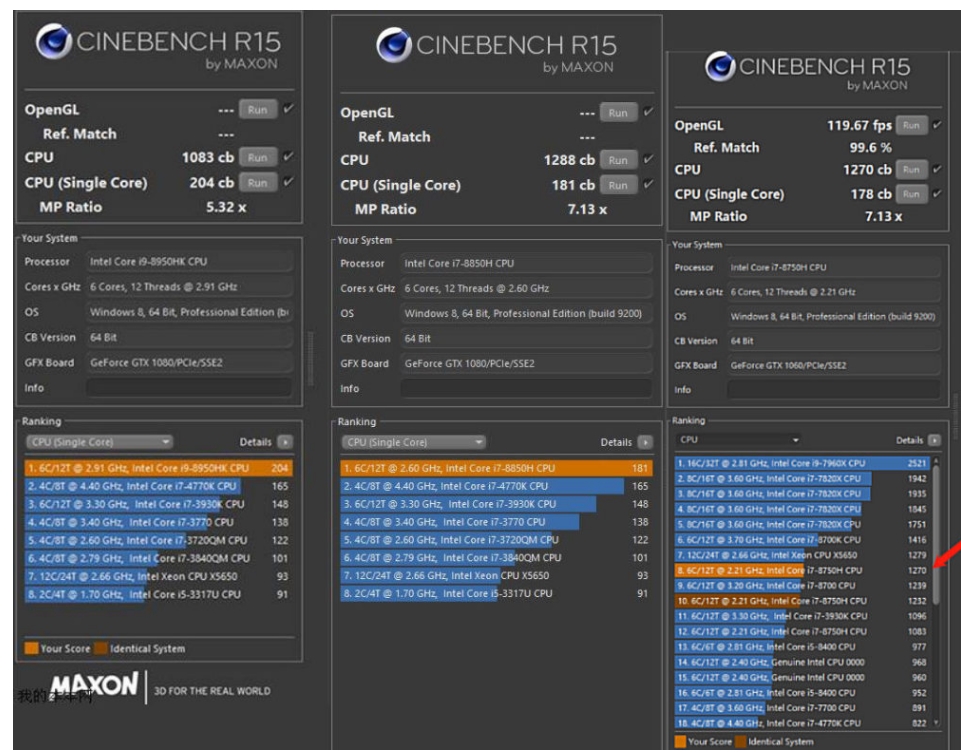 Petersburg State Agrarian University signed an agreement on cooperation in the field of education. Sergey Titarenko, Vice-President of the Etalon Group for the St. Petersburg Region, and Vitaly Morozov, Rector of St. Petersburg State Agrarian University, signed the document within the walls of the university.
Petersburg State Agrarian University signed an agreement on cooperation in the field of education. Sergey Titarenko, Vice-President of the Etalon Group for the St. Petersburg Region, and Vitaly Morozov, Rector of St. Petersburg State Agrarian University, signed the document within the walls of the university.
The Faculty of Land Management and Agricultural Construction in the structure of the University trains personnel in the specialty «Industrial and Civil Engineering», the first graduates in this area left the walls of the university more than 40 years ago. Joint work will be aimed at increasing the effectiveness of interaction in the field of training qualified personnel in the construction industry and mutual exchange of experience. The parties also agreed to participate in joint events at various levels: symposiums, forums, conferences, readings, seminars.
“With great pleasure, today we are signing a cooperation agreement with one of the oldest agricultural universities in the country, which trains, among other things, highly qualified specialists in the construction industry. The Etalon Group has always treated the issue of supporting talented youth with special attention and trepidation. We also understand that the key factor in the success of the company is the team, so we pay close attention to the education and expansion of the competencies of employees. I am sure that our partnership will be effective and useful for all parties,” Sergei Titarenko said.
The Etalon Group has always treated the issue of supporting talented youth with special attention and trepidation. We also understand that the key factor in the success of the company is the team, so we pay close attention to the education and expansion of the competencies of employees. I am sure that our partnership will be effective and useful for all parties,” Sergei Titarenko said.
“St. Petersburg State Agrarian University, forming a solid foundation of academic knowledge for its students, of course, focuses on practical immersion in the profession. This cannot be done without reliable partners and industry leaders such as the Etalon Group. I am sure that mutually beneficial cooperation will increase the potential of our organizations,” Rector Vitaly Morozov commented on the signing of the agreement.
Information about Etalon Group
Photo: Provided by the press service of the Etalon group
Advertising
join
The most vivid photos and videos of the day-in our groups on social networks
- VKontakte
- Yandex.
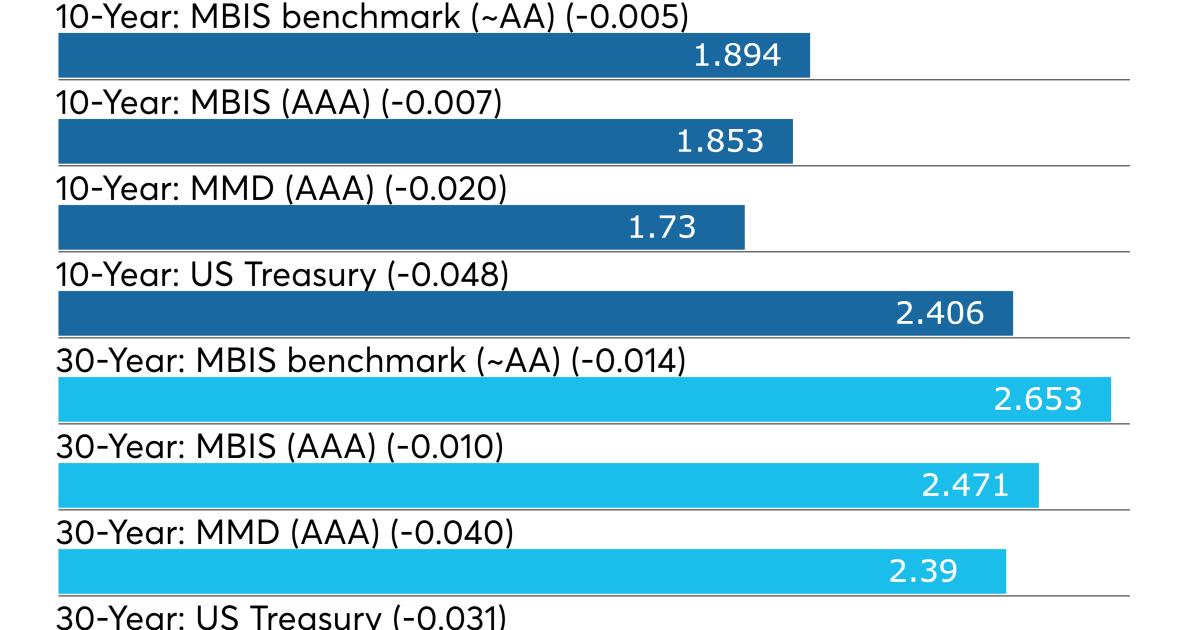 Desen
Desen
9000 saw a buttonal? Select a fragment and press Ctrl+Enter
Media news2
report news
Send your news to the editor, tell us about a problem or suggest a topic for publication. Upload your video and photos here.
- Group VKontakte
Companies news
Companies
in Glorax City Baltic Baltic Pour the First Cuba
November 2, 2022 in the residential complex of Glorax City City of the first concrete in the foundation of residential buildings. The beginning of concrete pouring marks the start of the construction of the foundation of the residential complex and above-ground monolithic works. The Euromonolit construction company was chosen as the contractor for the monolithic works of GloraX City Baltiyskaya. The company was founded in 2014 and specializes in the construction of residential and commercial real estate. The portfolio of implemented projects of IC Euromonolith includes a number of landmark projects for…
The portfolio of implemented projects of IC Euromonolith includes a number of landmark projects for…
A permit for the construction of 6 houses in the Dutch quarter «Yanila» was received
Lenstroytrest Group of Companies continues the implementation of the block development project in the Yanino microdistrict of the Leningrad Region. The company has been issued a building permit for six houses with a total area of 45,903 sq. m. m as part of the Yanila Drive queue (section 22). The planned completion date for the facilities is the 4th quarter of 2024. The external appearance of the buildings was developed by the Swedish architectural bureau Semren & Monsson, taking into account the unified urban planning concept of the block from Rurd Gytem (KCAP Architects & Planners, the Netherlands). The height of the houses is from 7 to 11 floors. Entrance groups will be…
Setl Group commissioned the 12th stage of the Clear Sky residential complex
Setl Group Holding put into operation the 12th stage of the Clear Sky comfort-class residential complex. Three new houses are located along the Artseulovskaya alley in the Primorsky district of St. Petersburg. In the new phase of the residential complex, sections of different heights are presented — from 14 to 24 floors. The houses are predominantly painted in a harmonious, slightly muted pistachio color. Bright white elements of the facades stylishly contrast with the graphite hue of the aluminum structures of the loggias and balconies. The appearance of the houses is also distinguished by a large area of glazing of the loggias…
TOP 5
1
Rostec commented on the searches at the home of journalist Andrey Karaulov
119 409
282
A truck crushed a taxi on a bus in the center of Moscow.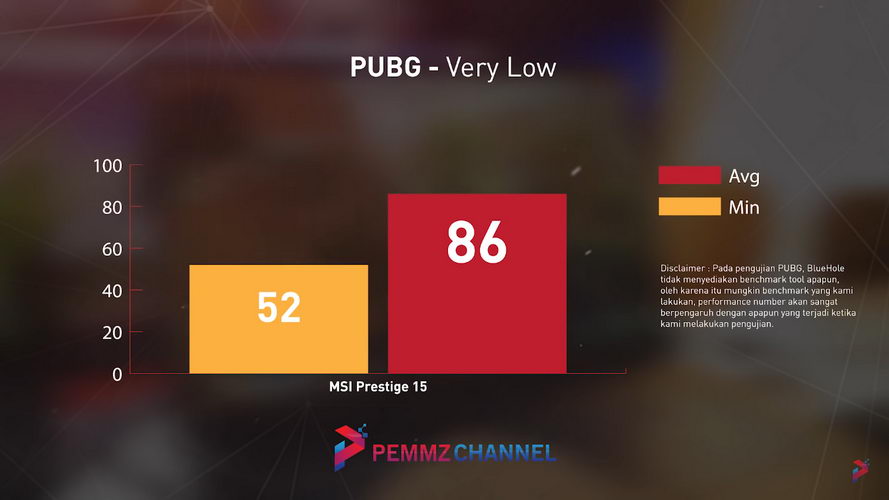 The accident was caught on video
The accident was caught on video
113 353
253
And Kharlamov went to bed. Comedy Club with Volya will now be led by another person
81 009
174
Smolny warns: after the holidays in St. Petersburg sirens will howl
54 831
205
The mistress gave the lawyer, he gave the investigator, he gave the boss. In St. Petersburg, they again got burned on the principle of dominoes
49 981
21
Company news
numerology and pak choi with smelt as a standard for an expensive restaurant — Archive
A place with the strict name 15 Kitchen + Bar has been opened in the most expensive district of Moscow. There is no gold and rhinestones, but there is smart cuisine and alchemical cocktails — Afisha restaurant columnist Alexander Ilyin was convinced that wealth in this city had a second chance.
Hosts and design
-
Photo: Mark Boyarsky
1/10
-
Photo: Mark Boyarsky
2/10
-
Photo: Mark Boyarsky
3/10
-
Photo: Mark Boyarsky
4/10
-
Photo: Mark Boyarsky
5/10
-
Photo: Mark Boyarsky
6/10
-
Photo: Mark Boyarsky
7/10
-
Photo: Mark Boyarsky
8/10
-
Photo: Mark Boyarsky
9/10
-
Photo: Mark Boyarsky
10/10
15 Kitchen + Bar was opened in Pozharsky Lane by developer Andrey Grinev, who once built up half of Ostozhenka and is currently developing the idea of ArtKvartal on Kurskaya, a vast area that includes Artplay, Winzavod, Kristall » and a new space at the EMA plant. The businessman managed to become famous not only in the architectural and development community, but also impressed the Moscow catering industry with the Door 19 pop-up restaurant, who worked in the Grinevsky house «Art House» on Serebryanicheskaya embankment.
The businessman managed to become famous not only in the architectural and development community, but also impressed the Moscow catering industry with the Door 19 pop-up restaurant, who worked in the Grinevsky house «Art House» on Serebryanicheskaya embankment.
Project «15» inherited from «19» not only commitment to numbers. He also inherited the design and concept from Lana.
Grineva is Andrei’s wife and the owner of the Ph. D. The fifteenth house itself on Pozharsky Lane was built by Grinev State Developement. It turns out that the issue of project payback is relegated to the background, and the investor, owner, author of the concept and designer are connected by family ties. About 10 years ago, an investor with a designer, as well as their friends and relatives, made up the audience of such restaurants; they opened with pomp, and then moved into the mode of children’s birthdays and parents’ golden weddings. Actually, another Grinev restaurant, Aromi la bottega, died for many years at this place — two
floors of sofas and glass tops, a spiral staircase and plasma panels.
The first thing Lana did with the space was to get rid of the second floor, now
there is an office, — and cut through the building through to the courtyard. As a result, the bar
turned out to be similar in plan to a snake crawling out from under the brush of a cubist: the first hall,
where there is a cold shop open to all eyes and a bar counter, with
the second is connected by a narrow corridor. The second room also has
open kitchen, namely the hot shop, and access to the courtyard, to the summer veranda and
the second bar counter located on it. In fact, terribly exciting: about the same technique is used in an anarchist institution
«The last straw», where there is also where to wander.
In the decoration, we decided not to collect all the best that
is in the interior business — managed
chain-link mesh and very expensive light, and even inserted a window into the floor. They say,
that in the near future all the walls will be painted with graffiti and hung with paintings — just like in Door 19.
Food
Homemade bread and butter served free of charge
Photo: Mark Boyarsky
1/7
Burrata with pickled vegetables, 550 rub.
Photo: Mark Boyarsky
2/7
Quinoa-goreng with pork flank and seafood, 750 rub.
Photo: Mark Boyarsky
3/7
Barramundi ceviche with curry and cucumber, 600 rub.
Photo: Mark Boyarsky
4/7
Smelt with pak-choi, 650 rub.
Photo: Mark Boyarsky
5/7
Octopus with cabbage, 550 rub.
Photo: Mark Boyarsky
6/7
Chocolate mousse, strawberry, coriander, coconut sorbet, 350 rub.
Photo: Mark Boyarsky
7/7
The team took into account all
mistakes made in the implementation of Door 19, but in general continues to steer at about the same
same side. Chefs, for example, will still change, although not as often. First
became Leandros Stagogiannis, a Greek with a wild afro-hair, who grew up in Liverpool.
Stagogiannis has the most amazing resume imaginable: first two and a half years pastry-chef at Heston Blumenthal’s The Fat Duck, then a couple more years
in Gordon’s Maze kitchen
Ramsay, today The Afro Chef’s own catering, based in Singapore. He will stay in Moscow until
the end of July, and who will lead the kitchen after him, is still unknown.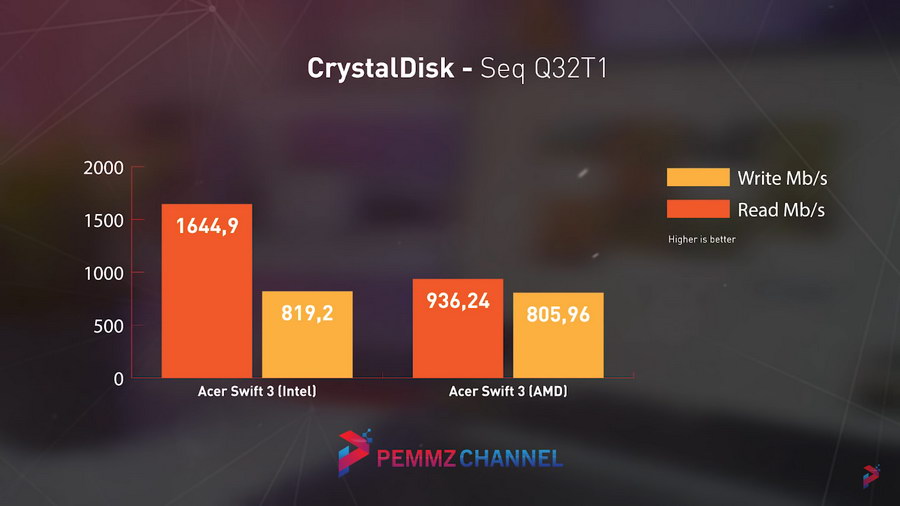
Leandro Stagogiannis
Photo: Mark Boyarsky
Stagogiannis presented a short menu, stylistically
reminiscent of all the interesting chefs from Moscow to Barcelona at once — nice
understand that we are moving in the same direction as the entire gastronomic
world. Pickled vegetables with burrata cheese (550 rub.) — it’s thorough
pickled radish, beetroot,
cucumber and coriander roots, fresh shiso leaves and tapioca chips, tinted
cuttlefish ink, and half a burrata tuber. For barramundi curry ceviche
and cucumber (600 rubles) the chef himself prepares the curry mixture, adds medlar and chips to it
from the Borodino bread discovered at the new place of residence. Miso soup with
fish sashimi (400 rubles) is actually a little more than miso: in a bowl
put wakame seaweed, glass noodles, cubes of baked paprika and
salted tofu, fresh chili and fresh daikon, as well as thinly sliced fish and
poured with a very strong broth, cooked from octopus on the basis of dark and
light miso. Octopus with cabbage (950 r.) — very solid hot
Octopus with cabbage (950 r.) — very solid hot
dish; octopus is served with grilled cucumber, marinated
cucumber with cilantro and terribly spicy cabbage pickled with chili. Most
a potentially successful dish is smelt with pak choi (650 rubles): fried to a crisp
fish, creamy cabbage, beurre blanc sauce, green tomato salsa, and all that
collected in some fantastic «Napoleon». Another dish doomed to success is beef
ribs with broccoli (900 rubles), which you can literally eat with a spoon; broccoli
are presented in two types, lightly fried and in the form of mashed potatoes with the addition of
parmesan. Quinoa-goreng (750 rubles) in the version of Stagogiannis, on the contrary, for sure
will raise many questions, the first of which is what kind of porridge? Meanwhile, in addition to quinoa, it includes scallop, squid, pork flank, vegetables and pineapple. And even if
you are not going to dinner, order the dessert «Chocolate mousse, strawberries,
coriander, coconut sorbet” (350 rubles), sprinkled with charred black rice, where
salt and a lime leaf are added to the chocolate — this is one of the most powerful impressions
last spring.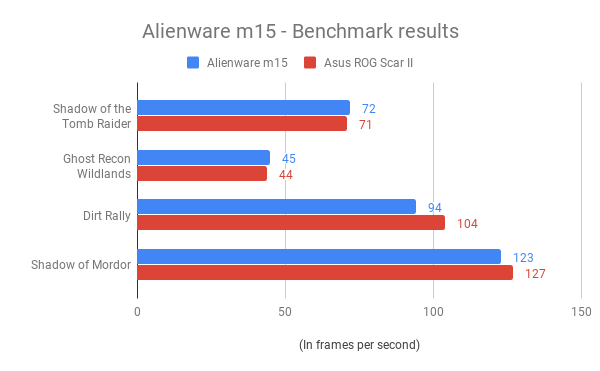
Drinks
There are two bars in «15», as noted above. In that in
yard, they promise to cook classics, Maxim Ivashchenko (“Let’s go”, Mendeleev) mixes drinks there. Working behind the counter inside is Andreas Tzanos, known to the drinking public for the latest
incarnations of Door 19. He came up with for a new project
the special menu is strange, riddled with mysticism and references to alchemy. It
divided into 5 parts: «Air», «Water», «Fire», «Earth» and Mystery Box. Each of the first four
parts includes two cocktails with a rather tricky recipe. For example, No. 7 (500 rubles) includes sake infused with lime leaves and herbs,
washed in rose water; No. 6 (600 rubles) — orange whiskey and Earl tea puree
Gray»; No. 5 (500 rubles) — gin infused with pine, celery cordial and reduction
from dry cider. What is Mystery
Box (600 rubles), no one knows except Tzanos, and he is not quite sure: he says
that first he needs to talk with the guest, and only then decide on the recipe. It can even go as far as a rose dipped in liquid nitrogen.
It can even go as far as a rose dipped in liquid nitrogen.
Andreas Tzanos
Photo: Mark Boyarsky
B
conclusion, it should be said that the bar seems to have turned out — now the most important thing is that everyone
continued in the same vein. Doubt two. Firstly, the location — it’s not for nothing that he disappeared
the ill-fated Aromi, where they prepared a chic risotto. Secondly, the Dom 12 club-restaurant located seven hundred meters from 15 Bar + Kitchen — it is clear that after Door 19 the Grinevs have the moral right to use numbers, but the prospect that the restaurant section in Afisha can turn into a textbook mathematics, somewhat depressing.
-
Address
Pozharsky per., 15 -
Telephone
+7 985 767 10 66 -
Working hours
restaurant: Tue-Sun 12.00–23.00; bar: Tue-Thu, Sun 12.00-0.00, Fri-Sat 12.00 and until the last visitor -
Website
facebook.